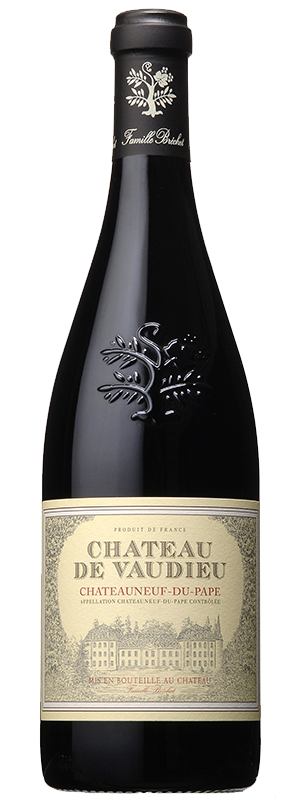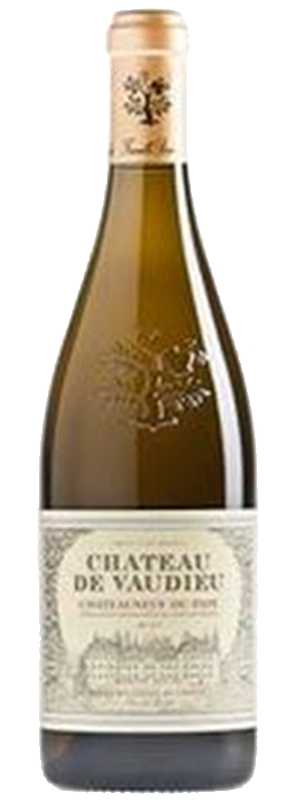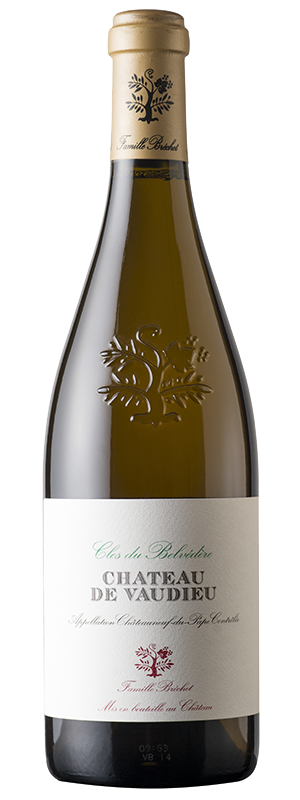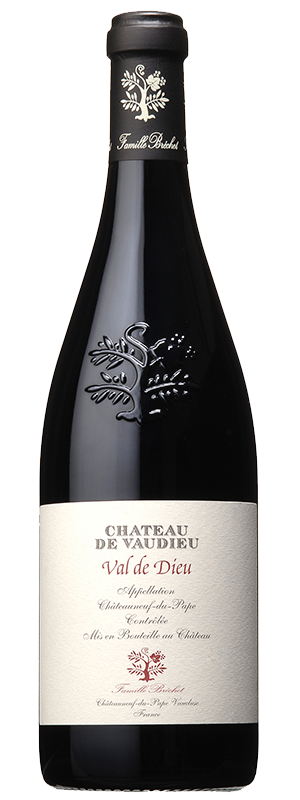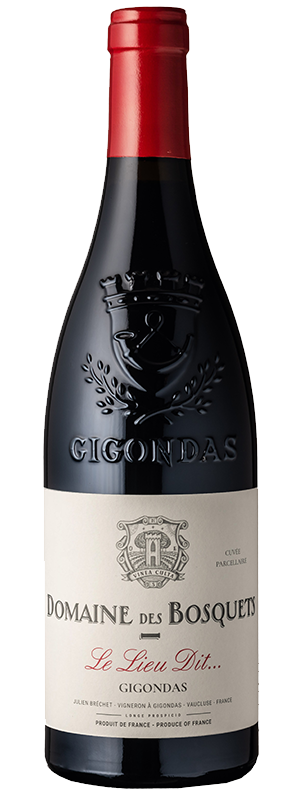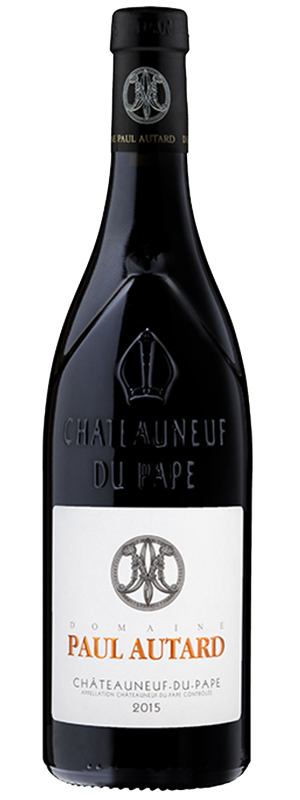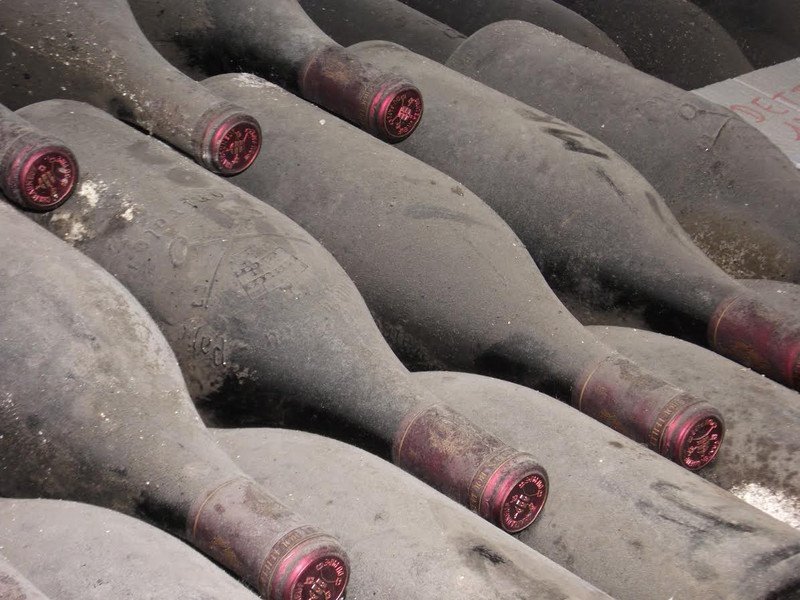
Chateauneuf du Pape - Chateauneuf du Pape tour
Chateauneuf du Pape AOC was one the first Appellation created in 1936. The vineyard expend on 5 different communes : Chateauneuf du Pape, Bédarrides, Courthézon, Orange and Sorgues. The region has a fantastic mediteranean climate (about 2800 hours of sunshine per year) which is temperated by the famous wind "Mistral" . The mistral is a strong cold and dry wind blowing from the north west and through the Rhône Valley. The mistral is usually always ccompanied by clear and sunny weather. This wind chase the clouds and keep the vineyards dry after a depression, it is one of the best friend of the winemakers. Chateauneuf du Pape has also a large diversity of soils: Pebbles, limestone, sand and clay. Each type of soil bring different advantages to the vines and different characteristics to the wines.
The quality of the Chateauneuf du Pape is part due to those natural conditions which provides a fantastic terroir to make high quality wines, but this is also the result of a lot of strict regulations and rules dicted by the AOC. Here is a list of some of the mot important rules: Manual harvest, very low yield (35hl per hectar), no irrigation...
In Chateauneuf du Pape the winemakers can blend a numbers of 13 grapes varietal: Grenache, Syrah, Mourvèdre, Cinsault, Counoise, Muscardin, Vaccarèse, Picpoul, Terret for the reds and Clairette, Roussane, Bourboulenc and Picardan for the whites. The winemakers do not only blend the grapes but also the "terroirs" (terroir of sand, terroir of clay, terroir of pebbles...).
The grapes are hand picked in september and the harvest usually last for about a month. Some of the traditionnal winemakers vinify the grapes with the stems and some of the winemakers decides to take the stems off or part of it.
The grapes are fermented either in concrete vats, stainless steel tanks or directly in oak barrels. During the process the wine makers needs to control the temperatures to keep the fermentation going in good conditions. They use different method to optimize the extractions from the skin (color, tanins, flavours...), punching down the cap, pumping over, rack and return. The malolactique fermentation is systematically made for reds and is usually not made for white wines in order to keep a nice acidity in the wines and preserve the freshness.
The wines are traditionnaly aged in big oak cask between 12 and 18 months to soft the tanins and bring some tertiary
flavours and complexity. There are more and more winemakers using smaller and newer barrels.
The wines are usually powerful and complex. Because of the diversity of terroir and the number of grapes the winemakers can use, and the number of wines producers Chateauneuf du Pape provides amazing diversity of choice.
Wine tour associate
Wine associate
